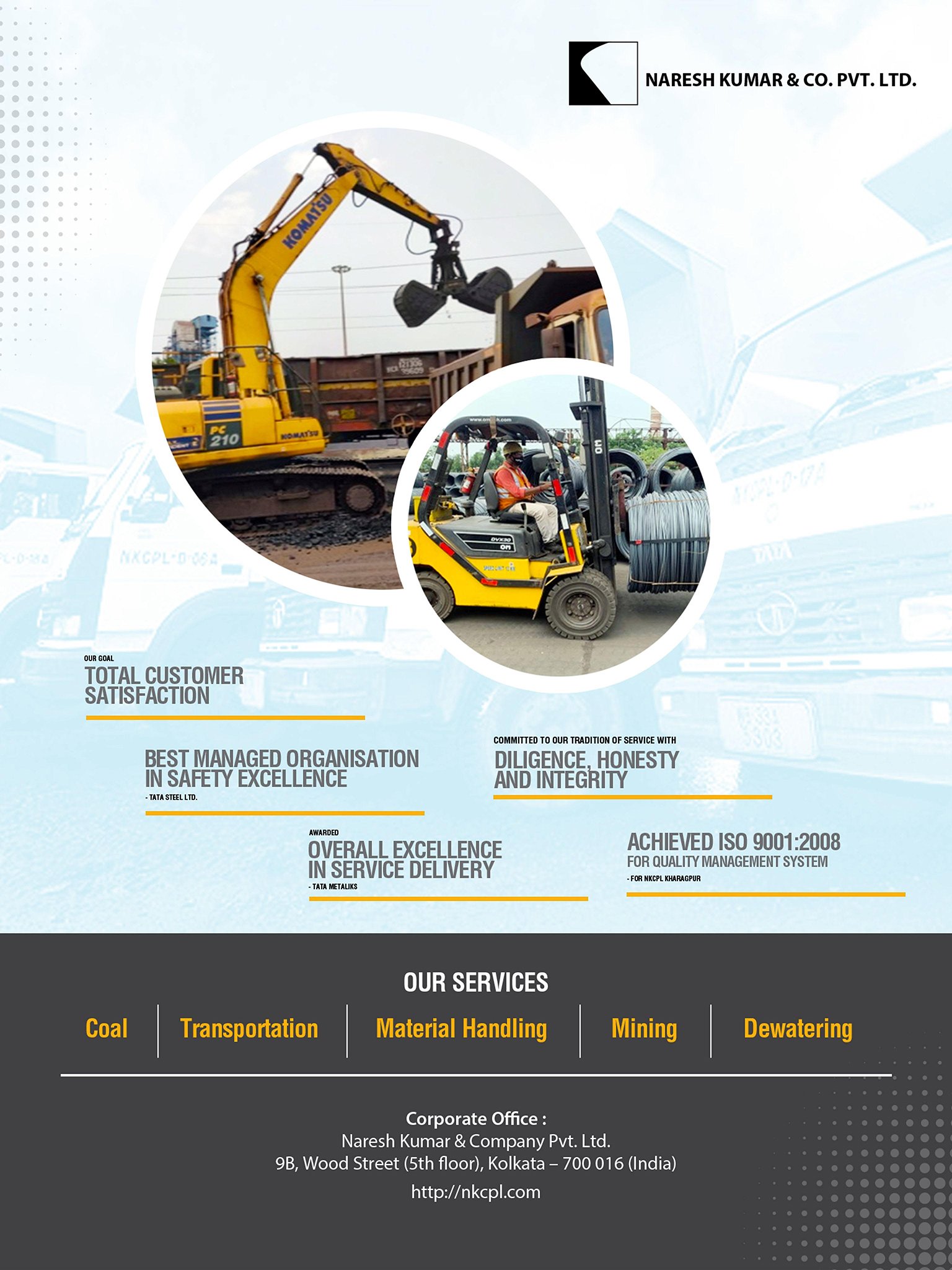Three years ago, Ashish Anupam packed up his life in Singapore, where he had been based for nearly five years as President and CEO of Nat Steel Holdings, to return to India and a new opportunity within the Tata Group to oversee Tata Sponge Iron’s purchase of the steel arm of Usha Martin.
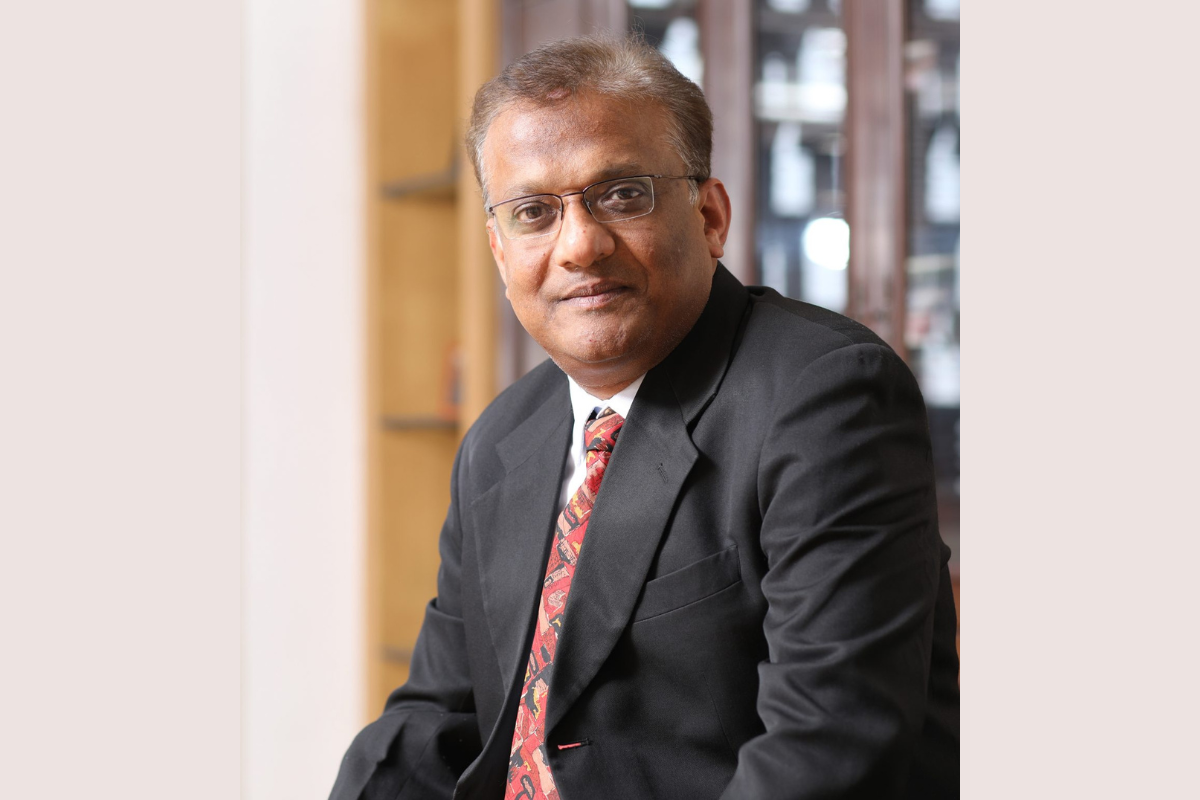
“I was given the responsibility to complete the acquisition and make the company that would emerge from it much bigger,” he tells The CEO Magazine. Neither the Tata Sponge or the Usha Martin name would remain, instead, the newly-formed entity would be called Tata Steel Long Products (TSLP).
It was a move not without its challenges. “Tata Sponge was a small company based out of Joda, Odisha with a turnover of only around 800 crores [US$103.6 million],” Ashish explains. What made the acquisition of Usha Martin’s steel division so interesting to the company was its one million tonne capacity steel plant in Jharkhand, which was only operating at around two-thirds of this capacity at the time.
“It was a sick, loss-making company,” he continues. “The promoter wanted to separate it off.” The task of taking a company far from peak fitness and turning it around in just 18 months was at the front of Ashish’s mind when he became Managing Director of TSLP and its two plants in November 2019.
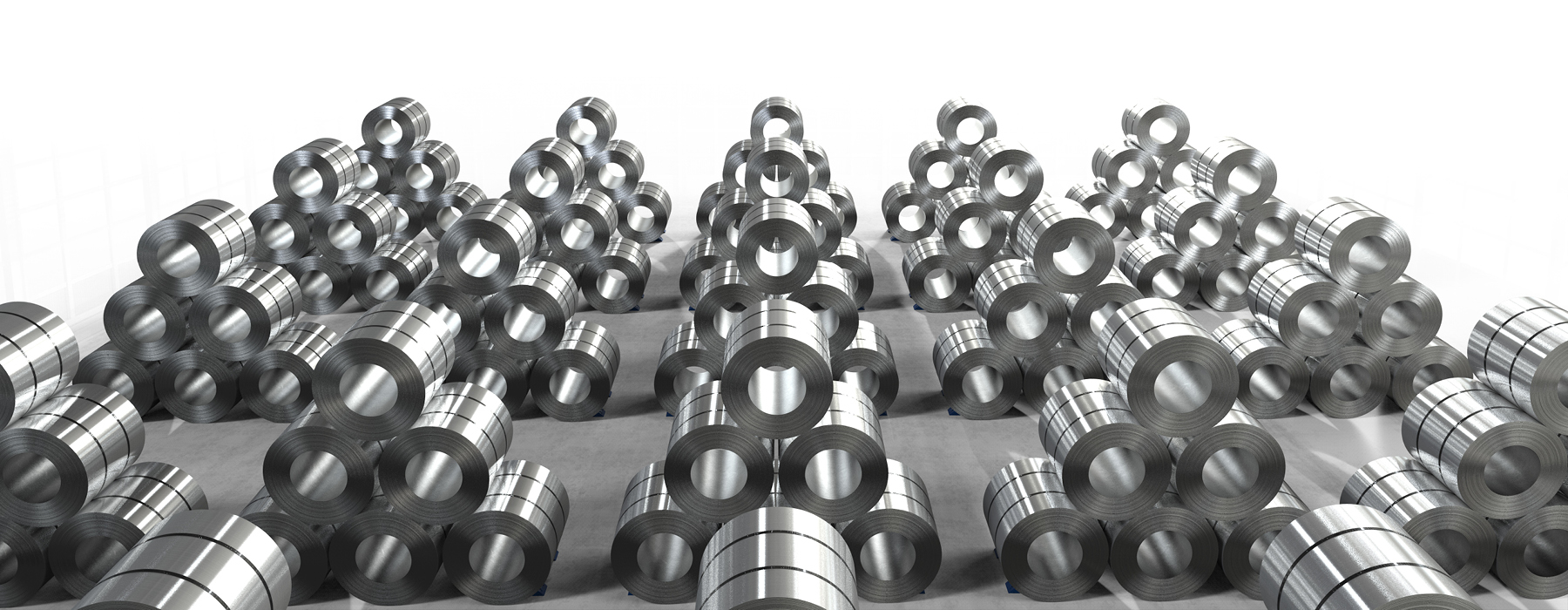
We are now one organisation with one policy and one clear designation, no matter where you work.
“The exciting journey began with the question, how do we integrate a promoter-driven company into our Tata fold?” Ashish continues. Along with human resources and policy matters, integration needed to be as seamless as possible and integrate effectively with TSLP’s parent company, Tata Steel Group.
“How do we place our products in the market was also a big question,” he says. But the biggest one revolved around different safety standards. “The culture of safety in the company we acquired was not up to the standard set by Tata Steel,” he explains.
Today, the two disparate businesses are united by more than a new name. “We are now one organisation with one policy and one clear designation, no matter where we work,” he says.
From a loss-making company to a profitable business, it’s been a busy start in the role. But it’s one that Ashish describes as “extremely challenging and rewarding”. Especially since almost three-quarters of the debts were paid off in the first two years.
Traditionally a “homegrown company with greenfield expansions” (as Ashish describes Tata Steel), what made this situation so unique was the chance to demonstrate that the company could turn around an underperforming business. And so successful has it been that it was announced in January 2022 that TSLP had beaten two other bidders to acquire the Odisha-based Neelachal Ispat Nigam Limited steel plant.
Combined, both purchases bring the company to just over two million tonnes in manufacturing capacity. And, over the medium-term, Ashish has his sights set on almost tripling that figure. “We should be talking about six million tonnes in the next three-to-five years,” he says. Between its facilities in Jamshedpur and Odisha, he predicts a turnover of close to US$3.2 billion.
Ashish says he’s more than aware, however, that actions speak louder than words. “The growth plans have been made, now it’s for me to make sure that these ambitions are realised,” he says.
The next 12-to-18 months will see the laying of critical foundations. “NINL’s facilities haven’t been operational for the past two years, so the single most important agenda item is to get the plant running again,” he says. Other areas of focus include a new mill at its Jamshedpur plant.
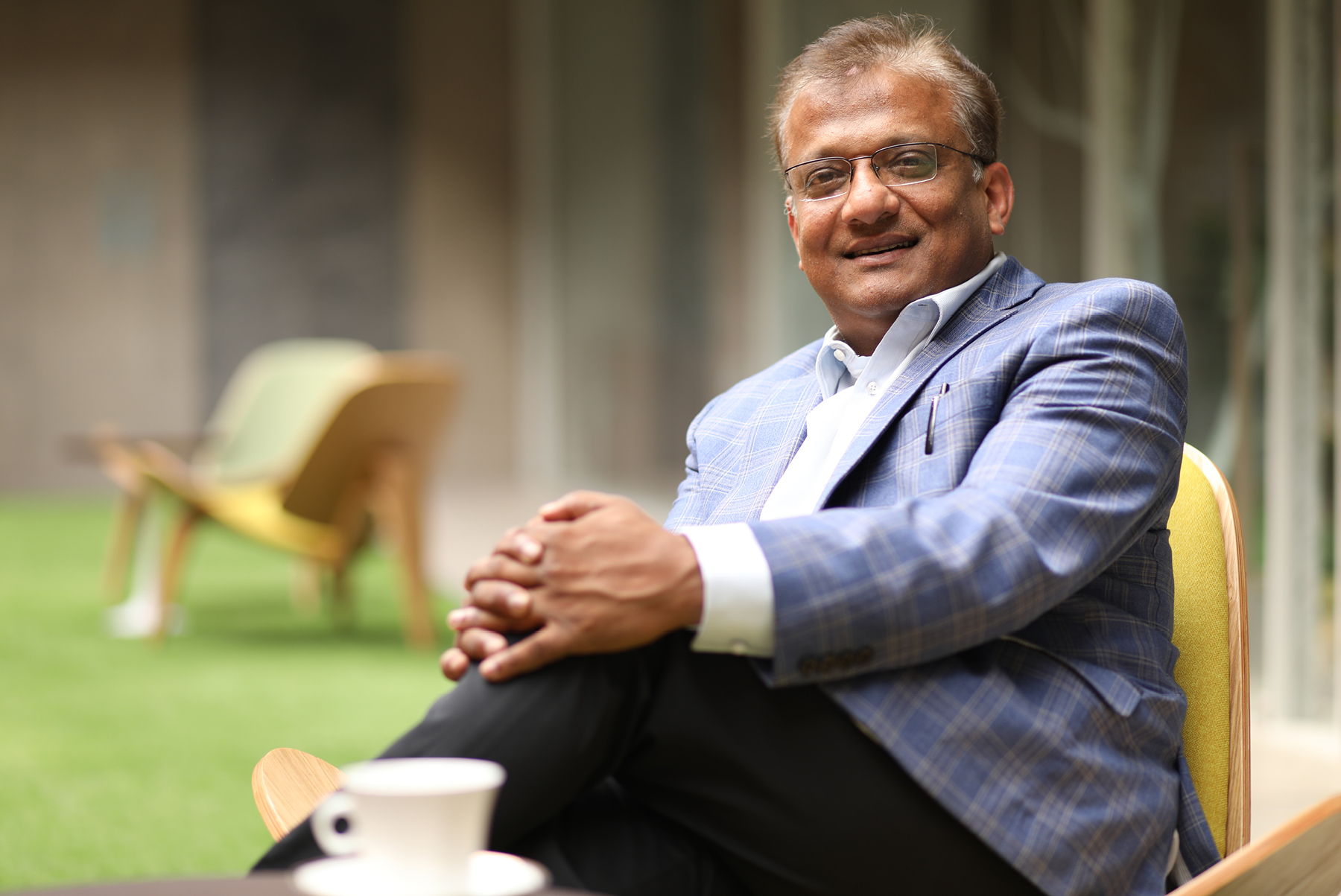
The growth plans have been made, now it’s for me to make sure that these ambitions are realised.
With the manufacturing of high alloy, value-added steel for a number of diverse industries such as automotive, construction, railways and agriculture, Ashish believes that the relationships it enjoys with its client base is what sets TSLP apart from its competitors.
“The ability to build very strong, long-lasting relationships with our customers is our biggest strength and is reinforced by the speed at which we develop new products and services for them,” he says. “Our relationships are more collaborative than transactional. We work together for mutual benefit and this has been a great mantra for our success.”
Parallel to strong customer relationships, Ashish is also mindful that robust supply chain partnerships play an equally critical role in the growth story of any organisation. As with its client base, he says having the backing of the Tata Steel name is a real advantage.
However, there’s no resting on laurels at TSLP. “We make sure that the relationship runs for a long period of time,” he says. “When one side has a new development, whether us or the supplier, we work together to bring benefit to both sides. We have been able to forge stronger partnerships in the last couple of years as a result.”
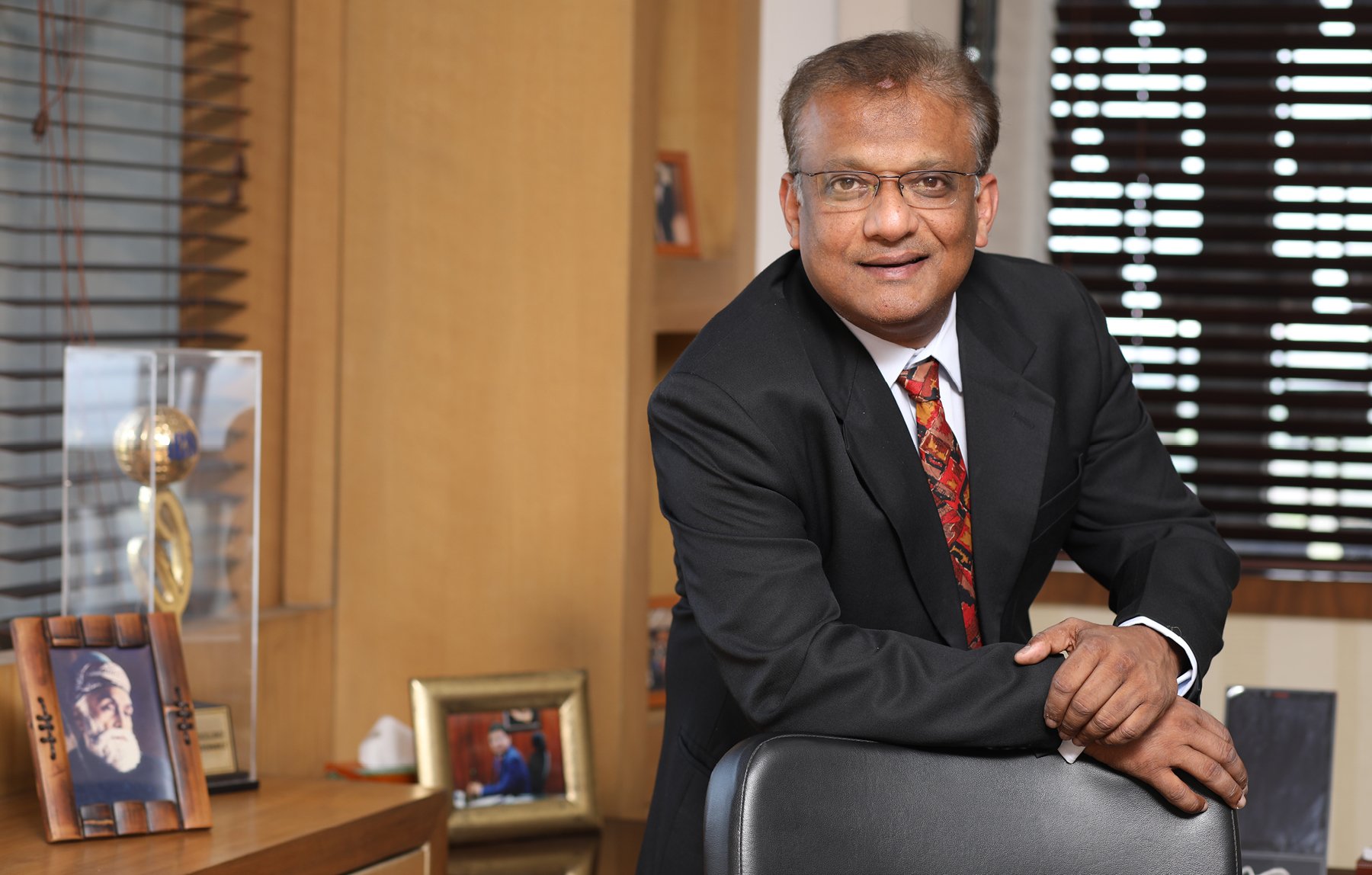
Steel Success
When asked how he defines success, Ashish responds that it takes form in multiple parameters.
“In my mind, it is satisfying the needs of the key stakeholders of the business,” he says. “It is ensuring that your employees are happy and engaged, that your customers are giving you the first right of refusal. That the promoters and shareholders are satisfied with the returns they are getting and that the community is behind the work you are doing for the larger cause of the business.”
Some of those direct benefits have included being offered the first right of refusal from its supply chain partners, but there are also more big-picture advantages. “When you collaborate over a longer period of time, there is a deep understanding of each other and each company’s culture,” he says.
“That minimises disruptions or bottlenecks in the business. It also builds trust and, on a larger scale, mutually beneficial financial growth.”
Having spent many years prior to this working within the Tata Group of companies, Ashish considers himself very lucky. “My career has been varied and multi-faceted,” he says.
From roles in operations and maintenance to international trading and exports, he’s had the opportunity to travel the world, meeting and working with global customers. Before moving to Singapore in 2015, he spent five years at Tata Steel, first as Chief of Marketing and Sales, Long Products and then as Chief Executive, Tubes Division.
“I’ve been fortunate to get very good exposure across various aspects of the business, which has enabled me to have the confidence to run such a company,” he says. “Every role has been a significant step towards what I have achieved here.”
He does know, however, that tomorrow’s world is going to look very different for executives. “One of the key traits for leaders will be the ability to thrive in an ambiguous world,” he says. And the toolkit to allow them to do so is very different from what he used at the start of his career. “They will need to use technology and digital tools to bring change — and adapt to these changes quickly.”
Naresh Kumar & Co

